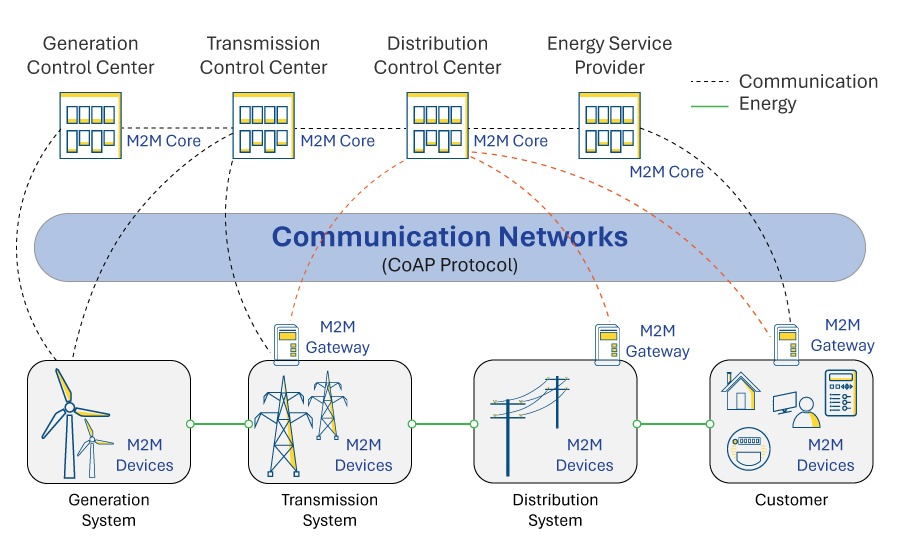What is IEC 61850 and its features
Shwetha Bhat February 12, 2025
Shwetha Bhat February 12, 2025
In the current fast-changing scenario in electrical engineering, proper communication among various assets in the facility is extremely critical to operate reliably and efficiently. The IEC 61850 of the International Electrotechnical Commission is one of the impressive frameworks that highly enhance how protection equipment and Intelligent Electronic Devices (IEDs) and local HMIs and SCADA systems communicate within a local facility. The article focuses on the major characteristics of IEC 61850 and their implications on inter-device communication as well as overall system performance.
IEC 61850 is an international full standard for improving communication and interoperability among systems related to electrical substations. Originally developed for substation automation, it has come to be applied in general towards a wide variety of applications found in electrical networks, such as power plants, industrial facilities, and distributed energy systems, because of its unified framework for data modeling, communication protocols, and configuration management offered by the standard.

- Object-Oriented Data Modeling: IEC 61850 relies on object-oriented data modeling, which basically organizes information as a hierarchy. With abstraction, complicated systems are simplified into logical nodes and data objects. For instance, a circuit breaker may be represented using attributes such as "open," "close," and "trip," hence managed in a normalized data structure. In this way, it becomes easier to integrate and manage a variety of devices within one facility.
- Standardized Communication Protocols: The standard uses the following communication protocols for robust yet flexible data exchange.
The most commonly used communication protocols include MMS, that is, Manufacturing Message Specification with detailed data exchange and diagnostic information and GOOSE, that is, Generic Object-Oriented Substation Event. GOOSE messages enable event-driven high-speed communications in real-time operations such as protection and control actions with the minimum latency.
- Sampled Values (SV): Sampled value protocols are employed for high-speed transmission of sampled analog data necessary in applications for real-time monitoring and control.
- Vendor independence: That is the key advantage of IEC 61850: interoperability. A device from a variety of manufacturers knows how to communicate with each other without proprietary interfaces, resulting from the same common standard. Vendors are independent. This renders the design of a system and the choice of equipment much more flexible and less prone to mistakes. It makes it easier to expand or upgrade.
- Scalability and Flexibility: IEC 61850's design supports small as well as large systems, and hence it can be applied to a very wide application space. The standard is modular in its approach, allowing it to be scaled up for adding in more devices and functionalities into the system without major redesign or even reconfiguration.

July 25, 2025
The world energy scene is being revolutionized by the fast-paced increase of decentralized renewable energy sources like rooftop solar, wind microturbines, and energy storage in batteries. batteries. The driving force…
Know More
July 25, 2025
Smart metering has evolved significantly over the last two decades as it became a building block of modern energy management solutions. At the core of the evolution is the DLMS/COSEM…
Know More
July 25, 2025
As the energy sector undergoes rapid digital transformation, smart metering has emerged as a foundational technology in modern utility networks. By enabling real-time monitoring, automated billing, and remote disconnection, smart…
Know More